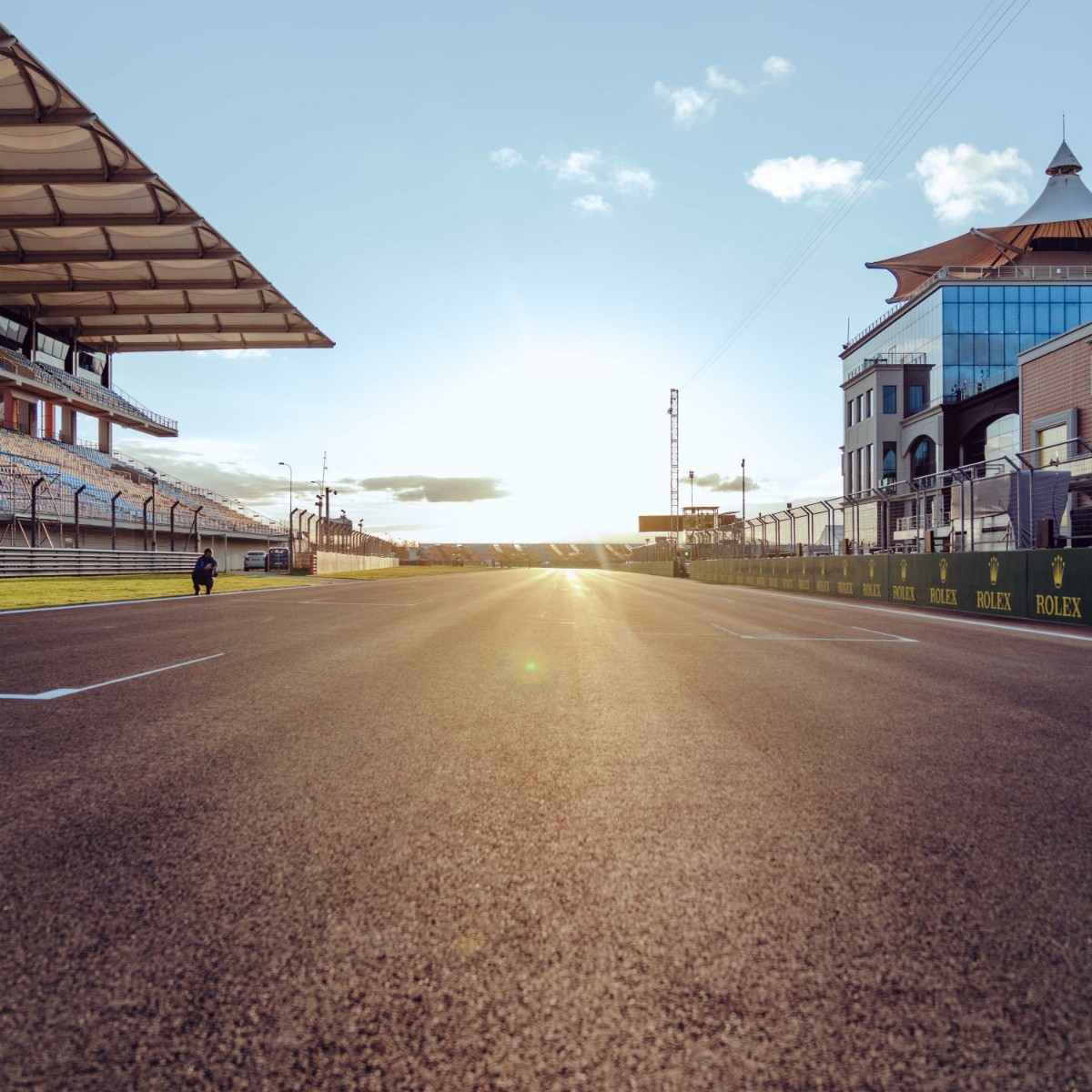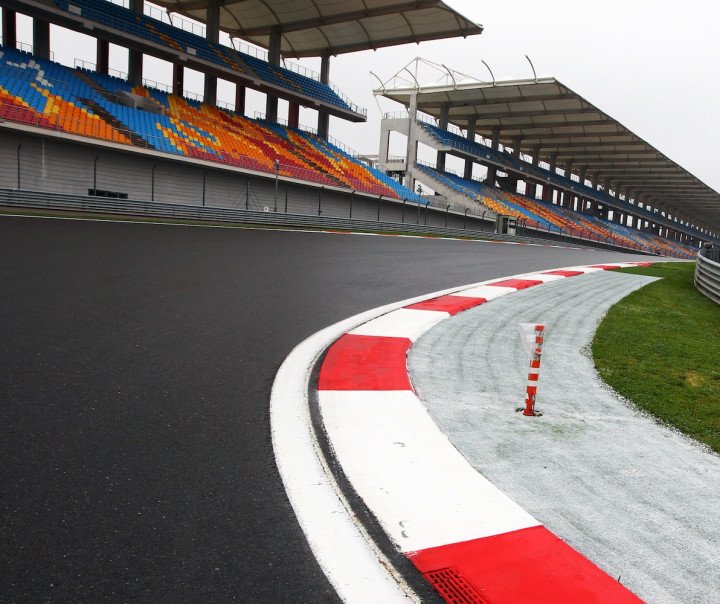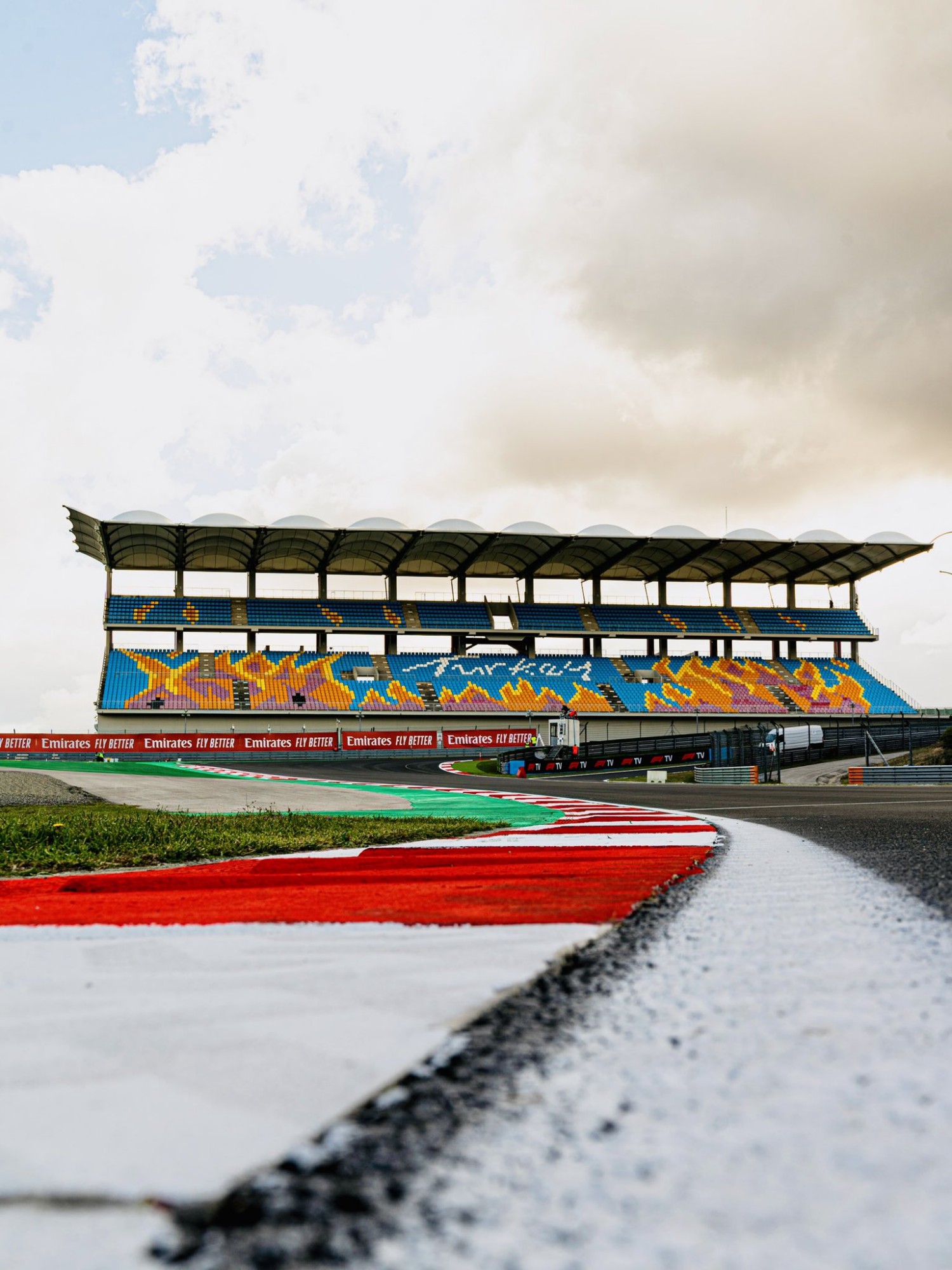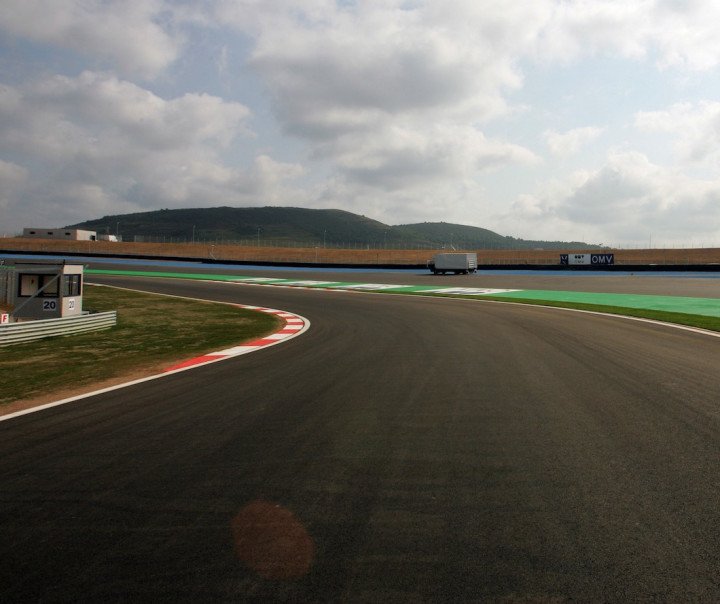F1: Turkish GP Preview
The F1 Teams are heading to Intercity Istanbul Park, for another helping of Turkey, Round 16 of the 2021 FIA Formula 1 World Championship.
Formula 1 first visited Turkey in 2005, with the specially constructed Intercity Istanbul Park located in the Tuzla district on the fringes of the Istanbul metropolis. The culturally and historically diverse city is unique as it straddles multiple continents, with Europe and Asia separated by the commercially vital Bosporus Strait. Turkey’s first stint on Formula 1’s calendar ran through 2011, after which the popular venue was omitted, prior to returning in November 2020 as part of a schedule heavily affected by the pandemic.

The 2020 grand prix was notable for its lack of surface grip, owing to its recent resurfacing, the weekend-long cold and wet weather, and the absence of support categories on the bill. Turkey was installed as a back-up venue for 2021 and after June’s proposed round was dropped due to travel restrictions, the event has returned in a revised October date, enabling Formula 1 to keep moving during the pandemic.
The 5.3km circuit is widely regarded as a classic of the 21st century new-build venues. The opening sequence of turns has drawn comparisons with Interlagos’ Senna S descent, but Intercity Istanbul Park’s iconic segment is undoubtedly Turn 8. The complex features a quadruple apex left-hander that sweeps downhill at increasing speed and is a demanding test of driver, car and tires.

The layout of the Istanbul Park circuit is one of the best of the modern Formula One tracks, however, last year, the conditions, tires and newly laid surface conspired to negate the exciting layout and make the event extremely difficult. This year, the weather forecast is reasonable, the surface has matured and has been treated, and Pirelli bring a softer range of compounds. All of this should significantly improve the performance of the cars, increase the drivers’ confidence and lead to an exciting race.
Although turn eight is the signature corner of the circuit, it is the earlier sequence of quick undulating corners that really provide the challenge. They demand a lot of the cars as well as bravery and commitment from the drivers. The mix of corners and some well-placed straights should aid overtaking and increase the strategy options on Sunday.
Keys to the race
- The battle to the first braking point in Turkey stands in stark contrast to Russia. After a 950m run to Turn Two in Sochi, there’s a Spa-like 220m blast into Turkey’s pincer-like Turn One, so there will be fewer slipstreaming efforts and more focus on gaining places under braking.
- Istanbul will also provide a return to the 80km/h pitlane speed limit, so it’s a switch back to a more conventional 20-second time-loss per pitstop. Multiple-stop strategies in conventional race conditions are therefore more viable than last time out. With the C2, C3 and C4 Pirelli tires on hand, it’s a step softer than last year and could help strategy variance.
- Last year’s Turkish Grand Prix weekend took place in largely wet conditions, meaning Formula One teams still have limited dry-weather data. Expect particularly busy practice sessions on Friday and Saturday, and unknowns – such as the feasibility of overtaking – to become clearer as the weekend progresses.
Unlocking the lap
A short 220m run to Turn One is one of the most challenging points of the lap. With limited chances for overtaking, moves are usually made under braking – into a blind corner. It may only be the first turn, but it’s crucial to get it right.


A flowing first sector then follows as drivers climb uphill before taking on another blind corner at the left-hand Turn Three.
A slaloming run downhill across Turns Four, Five and Six tests a driver’s precision, but they’re a warm-up act to one of the most challenging corners on the track: Turn Seven, another blind uphill corner.
Compromise your entry to this corner, and lose speed at the exit, and a driver is effectively chasing lap-time across the next sequence of turns.
And that’s felt particularly acutely at Turn Eight, which is crucial to a successful lap of Istanbul Park because it takes up an incredible 12% of the entire lap.

A multi-apex, high-speed left-hander, Turn Eight quickly earned a reputation as one of Formula One’s greatest corners.
The key to excelling in Turn Eight is entry speed: drivers target the first apex flat-out at around 260km/h (155mph), despite a slightly blind entry.
Drivers will spend around nine seconds through this corner. The second half is more straightforward – as long as you’ve taken a precise line and avoided the mid-corner bump while experiencing loads approaching 5G.
Once clear of Turn Eight, there’s a quickfire left-right before the longest straight of the lap. Broken up by the Turn 11 kink, this section also incorporates the second DRS zone.
The lap then ends with the low-speed Turns 12, 13 and 14 chicane before it’s back on the power and into the DRS zone of the main straight.

Fact File: Turkish Grand Prix
- The run from pole position to the first braking zone at Istanbul Park is one of the shortest on the F1 calendar, measuring just 170 meters. The track we’ve just been to, the Sochi Autodrom, has the longest with an 891-meter stretch.
- Drivers don’t spend as much time at full throttle around Istanbul Park compared to many of the tracks on the 2021 F1 schedule, with just 59% of the lap time and 72% of the lap distance taken at full throttle.
- The track’s iconic, quadruple-apex Turn 8 corner isn’t as challenging for the cars and drivers as it once was, when F1 raced in Turkey from 2005 to 2011. Due to the increased downforce levels of the cars. However, it remains the highest lateral g-force experienced by the drivers over the course of the lap, measuring 4.6g.
- Because Istanbul Park isn’t as frequently used as other F1 venues and with it being resurfaced ahead of last year’s event, the track evolution is high – meaning, the track starts the weekend fresher (or ‘greener’) and develops more grip as more laps are completed and more rubber is laid down.
- The new track surface, very cold temperatures and wet weather on Saturday and Sunday of last year’s Turkish Grand Prix made conditions incredibly tricky for the drivers, lacking grip throughout the weekend. We saw the second-coldest temperatures of the season, after the Eifel Grand Prix at the Nürburgring, with an average air temperature of 13°C and average track temperature of 15°C.
- Sebastian Vettel still holds the lap record at the Turkish GP with his 1:25.049 from 2011. Last year, we predicted the modern cars would be around four seconds quicker in Qualifying trim, but because of the weather and conditions, the best lap times were in the late 1:40s. Even with dry running on Friday, the slippery new track surface meant the best lap was a 1:28.330 by Max Verstappen.
- Istanbul Park is one of seven anti-clockwise track layouts on the 2021 F1 calendar, the others being: Imola, Interlagos, Baku, COTA, Jeddah and Yas Marina. These layouts increase the strain on the opposite side of the driver’s neck, which isn’t used to experiencing these forces due to there being more clockwise circuits.
- Tyre degradation was traditionally quite high in Turkey, but due to the unusual conditions last year, it was difficult to get a reading on tire degradation and wear. In any case, you can run the tires down to very low rubber at Istanbul Park because of the smooth new tarmac.
- In terms of car set-up, Turkey is what the engineers call ‘middle of the pack’ because most of its characteristics are pretty average, so not on either end of the spectrum in terms of downforce and power sensitivities.
- However, with a fair few slow corners, traction zones and long straights, the one element it is a bit higher on is fuel consumption, so this will be a consideration over the weekend.
- We expect the track surface to be higher grip this weekend. The surface has been treated, and it should have naturally aged, too. Plus, freshly laid bitumen (like last year) is greasy, and those oils should have dissipated now with normal weather aging of the surface.
- Turkey is one of the better circuits in F1 for overtaking because there are several big braking zones and corners leading onto longer straights which offer several different lines.
